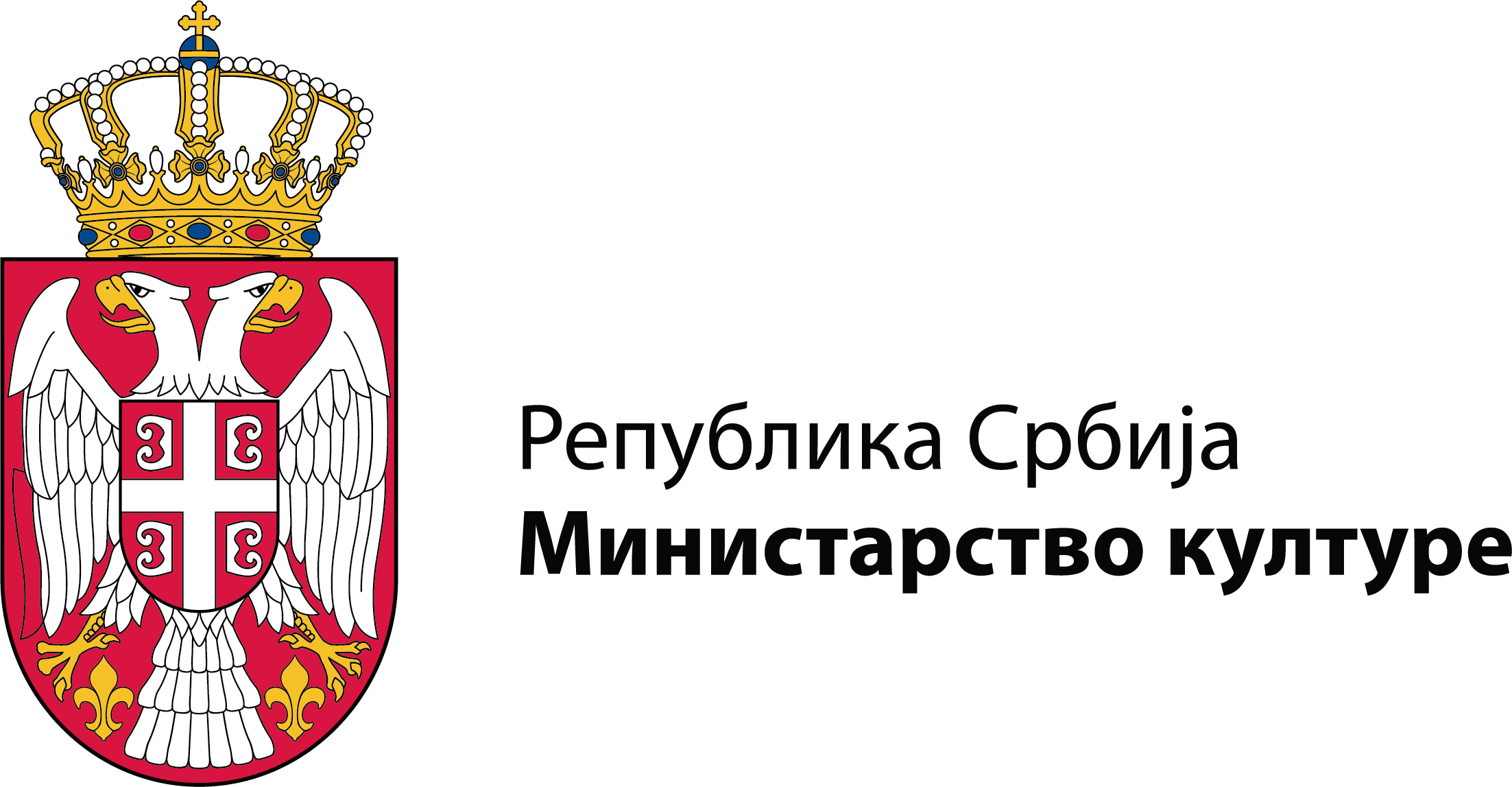- Admission to the Permanent Exhibition is free for visitors on Mondays.
The exhibition Folk Culture of the Serbs in the 19th and 20th Century aims to show how the natural environment (relief, climate, vegetation) and historical circumstances influenced everyday life—clothing, housing, diet, customs, and more. As visitors explore the exhibition, they can observe the similarities and differences among the Pannonian, Dinaric, Central Balkan, and Coastal regions.
On the first floor, visitors can see how people lived in both rural and urban areas. For each region, a typical house is displayed, shaped by the natural features and historical context of the area. In the Pannonian zone, the house is made of rammed earth; in the Dinaric region, it is a log cabin built from wood. In the coastal region and its hinterland, where stone was the only available building material, houses were constructed entirely from stone. In the Central Balkan or Morava-Vardar area, the featured house is a bondručara, a traditional Moravian house made of wattle and daub (sun-dried brick).
The interior of an Eastern Balkan-style urban house from the first half of the 19th century reflects strong Oriental influence, both in architecture and room arrangement. In contrast, the interior of a town house from the late 19th and early 20th centuries reflects the process of Europeanization, showcased through a salon furnished with European-style furniture.
Several display cases, depicting family daily life, illustrate major holidays such as Easter, Christmas Eve (Badnje veče), and Slava (the family patron saint celebration).
Traditional economy is represented through tools used in agriculture, livestock breeding, fruit growing, beekeeping, olive growing, viticulture, hunting, and fishing.

